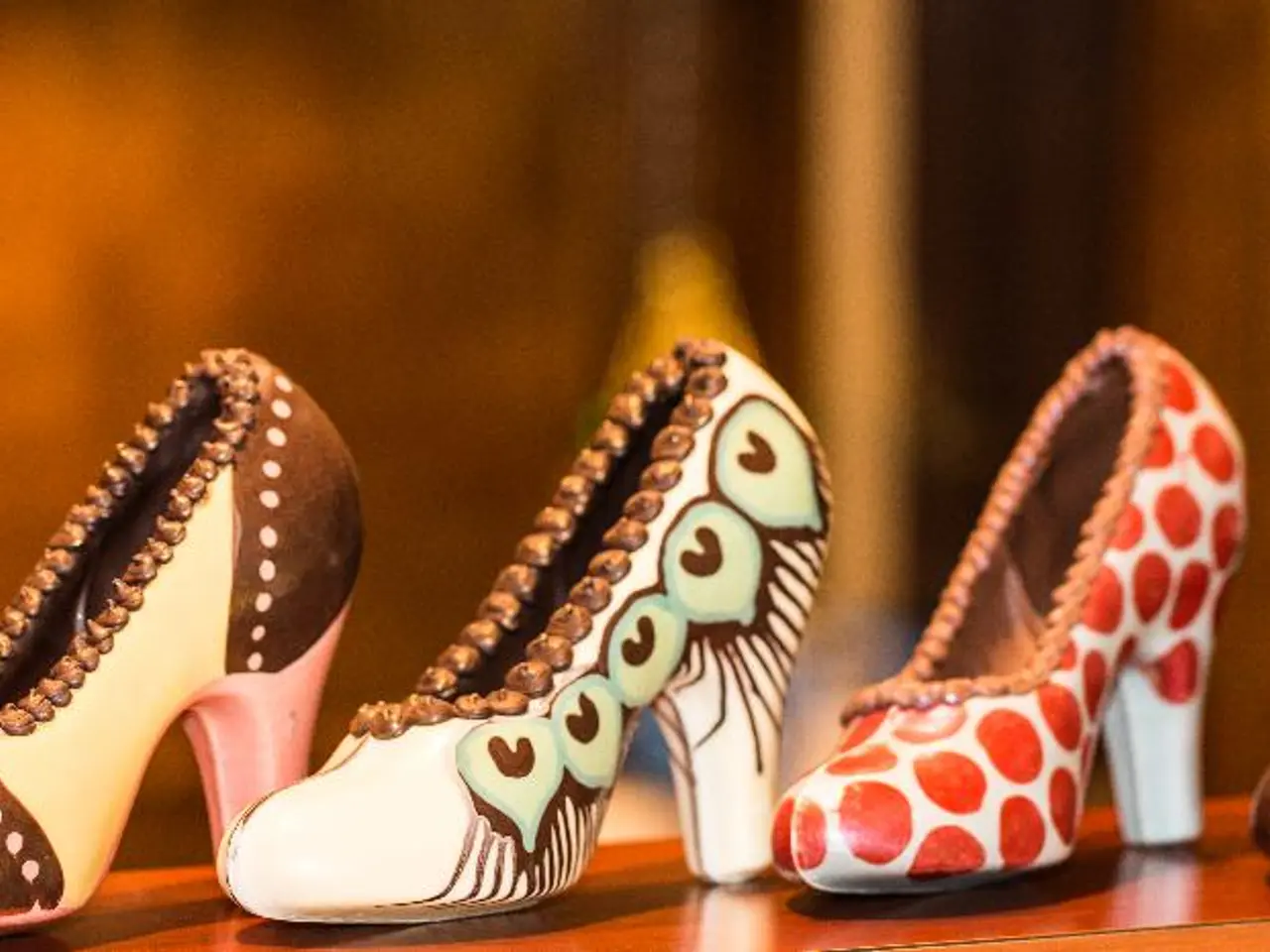Bunion Treatment for Tailors, Understanding Its Origin, Symptoms, and Ways to Avoid It
A **tailor's bunion**, also known as a bunionette, is a common foot condition characterised by a swollen, hard bump on the outside of the foot near the little toe. This bony growth can cause discomfort and pain, and may worsen over time if left untreated.
### Causes
Tailor's bunions often run in families, with genetic predisposition playing a primary role. Biomechanical factors such as flat feet or high-arched feet can also contribute to the development of this condition. Poorly fitting shoes, particularly those with tight, narrow toe boxes or high heels, can exacerbate the issue by pushing the fifth toe towards the fourth, increasing pressure and deformity.
### Symptoms
The most common symptoms of a tailor's bunion include deep ache and pain over the bony bump, joint pain and pain in the ball of the foot behind the fifth toe, painful calluses on the bump, inflammation of the bursa causing bursitis, and numbness from constant friction. In severe cases, a tailor's bunion may lead to the development of hammer toe on the fifth toe, and it sometimes co-occurs with bunions on the big toe.
### Treatment Options
Treatment for tailor's bunions typically begins with conservative methods. Wearing comfortable, flexible shoes with wide toe boxes can help relieve pressure on the bunionette. Custom-made shoe inserts, such as orthotics, can also be beneficial in correcting foot mechanics and reducing pressure. Over-the-counter nonsteroidal anti-inflammatory drugs (NSAIDs) like naproxen (Aleve) or ibuprofen (Advil) may help reduce pain and inflammation. Doctors may also recommend icing the affected foot three to four times a day for 10 minutes at a time to reduce symptoms.
Physical therapy exercises may alleviate symptoms and slow the progression of the condition. These exercises may include stretching and strengthening exercises for the foot and calf. Elevating the feet may also help reduce swelling.
In some cases, surgery may be necessary if the pain persists or the deformity worsens. Surgery for a tailor's bunion, known as a bunionectomy, involves realigning the toe joint and removing the bony bump. Surgery can also address associated deformities like hammer toe. Recovery time after surgery can vary, and a person may need to wear some form of footwear, such as a boot or splint, to protect the foot during the early stages of recovery.
### Home Remedies
In addition to medical treatment, there are several home remedies that can help manage the symptoms of a tailor's bunion. Selecting proper footwear with ample toe space and avoiding high heels can help reduce pressure on the bunionette. Applying ice to the affected foot can help reduce inflammation and pain after activity. Padding over the bunion can reduce friction and prevent irritation. Resting and avoiding activities that increase foot pressure can also help alleviate symptoms.
In conclusion, tailor’s bunions are primarily caused by inherited foot structure and worsened by improper footwear and foot mechanics. Symptoms include pain over the outer foot, calluses, and joint discomfort. Treatment begins with conservative methods like proper shoes, orthotics, and medications, with surgery being an option for severe cases. Home remedies focus on foot care, rest, and supportive footwear to reduce irritation and pain.
- Beyond foot conditions, obesity, a prevalent health issue, can lead to various complications like hepatitis and depression.
- A dermatitis flare-up might occur when a person with atopic skin wears uncomfortable footwear due to a tailor's bunion, exacerbating the condition.
- Aq, a research tool in science, could help predict the development of ankylosing spondylitis, a form of arthritis that often co-occurs with tailor's bunion.
- In the realm of health-and-wellness and fitness-and-exercise, maintaining a healthy weight may help alleviate symptoms of a tailor's bunion and safeguard against other diseases like Alzheimers.
- Prior to undergoing surgery for a tailor's bunion, patients are typically required to take prep medications to prevent HIV transmission during the procedure.
- Upon visiting a healthcare professional for a tailor's bunion treatment, they might also provide advice on general foot care and stress the importance of skin-related concerns, such as dermatitis.
- As a preventive measure, adjusting footwear choices and incorporating fitness-and-exercise routines into daily life can help avoid foot conditions like tailor's bunion and other common health issues.




